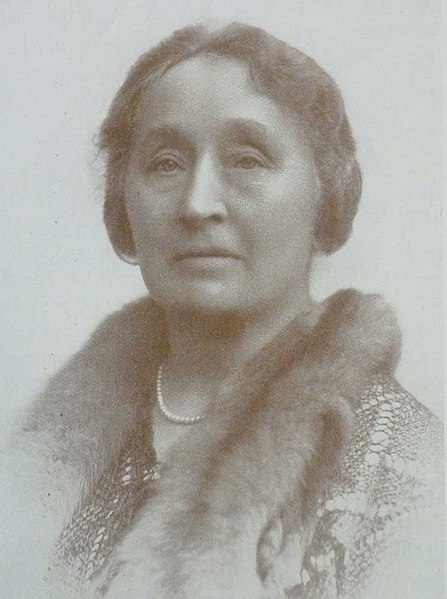
British Engineering’s Most Influential Women
To mark International Women in Engineering Day on the 23rd June, let’s shine a light on some of the best and brightest female engineers to have influenced the history of Britain.
Ada Lovelace
Ada was born in London in 1815. Her mother was a mathematician and so Ada developed a love of maths and science from a young age. She studied under mathematician Charles Babbage whilst he worked on a prototype for an early computer called the Analytical Engine. Ada’s work on the Analytical Engine, for which she developed the first example of a computer programme, is her most notable contribution to computer science.
Henrietta Vansittart
Born in 1833, Henrietta grew up in poverty and was largely a self-taught engineer and inventor who was likely inspired and educated by her blacksmith-inventor father, James Lowe. James had invented a screw propeller, but this invention had limited success. After her father’s death in 1866, Henrietta continued his work, further developing the screw propeller and obtaining British and US patents in her name. Henrietta’s screw propeller was far more successful than her father’s original invention. It was used on numerous naval and civic ships, allowing them to move faster and more efficiently in the water, and gained her several national and international engineering awards.
Lady Katharine Parsons
The wife of fellow engineer Charles Parsons, Katharine (pictured) is known for leading the Women’s Engineering Society in the early 20th century. Katharine was born in Yorkshire in 1858 and began taking an interest in her husband’s engineering projects shortly after the pair married in 1882. The couple spent much time developing steam turbines in the late 1800s. During the First World War, Katharine managed a team of women in an armament factory and, in 1919, was elected Fellow of the Institution of Engineers and Shipbuilders in recognition of her contribution to the field.
Beatrice Shilling
Beatrice was born in 1909 and demonstrated an interest in mechanics from an early age. After leaving school in 1926, she became an apprentice at an electrical engineering company run by one of the co-founders of the Women’s Engineering Society. Beatrice later went on to study at the University of Manchester where she gained a Bachelor’s degree in electrical engineering and a Master’s in mechanical engineering. In 1936, after her first role as a research assistant on aircraft engines, she gained a post at the Royal Aircraft Establishment where she was responsible for the adaptation of an aircraft engine which ultimately gave the Royal Air Force a significant advantage during the Second World War.
Rosalind Franklin
Scientist Rosalind Franklin is well known for the hugely significant contributions she has made to our understanding of molecular biology and genetics. She was born in London in 1920 and, as a young woman, gained a degree and doctorate in chemistry from Cambridge University. Her most notable work was the study of the structure of DNA through the use of X-ray crystallography.
For information about more female engineers, visit Top 100 Women in Engineering – Magnificent Women.
If you are interested in studying Maths or a Science subject, Oxford Open Learning offers you the chance to do so at a number of levels, listed below. You can also Contact Us.
Human Biology Fast Track IGCSE